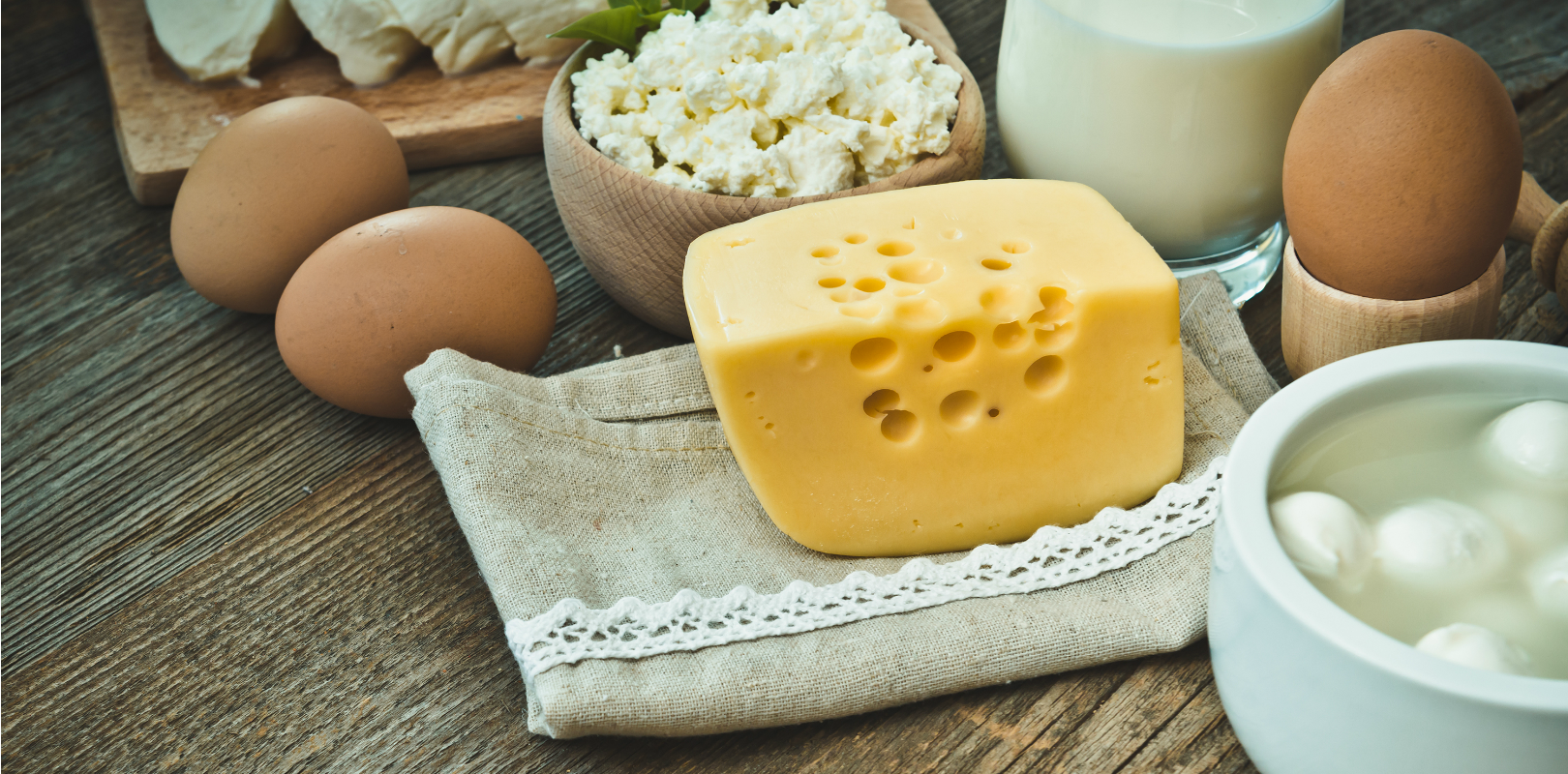Selected for you this week: A blogpost on the association between dairy consumption and a reduced risk of developing type 2 diabetes, by Greg Miller. Every week, we bring you valuable quotes from around the web on yogurt.
The incidence of Type 2 diabetes (T2D) in the United States is high – so it’s not surprising that people ask whether specific foods, like dairy, can increase their risk of developing this disease.
To give a complete answer, we need to take a step back and educate our clients about what happens in the body when we eat. As with every food, when dairy foods are eaten there is a rise in glucose, or blood sugar, which the body uses for energy. This results in the release of insulin – which is a normal, healthy response to a meal.
Insulin unlocks the body’s cells to let glucose in so it can be used for energy. Insulin helps regulate blood sugar. When its job is done, blood levels of insulin go back down. In healthy people, a rise in insulin after eating does not increase the risk of T2D. Here is additional information on insulin.
Once everyone is on board with a basic understanding of the physiology and role of insulin in the body, here are a few other points to consider in your response to this question about dairy foods and insulin:
- Some people with pre-diabetes or T2D have blood levels of insulin that rise above the normal range. But this has nothing to do with any particular food or meal. Rather, this is a chronic condition in which the body is not using insulin properly. This is called insulin resistance. Insulin resistance is linked to overweight/obesity, physical inactivity and poor diet.
- The great thing about dairy foods is that they contain both carbohydrate and protein to help regulate blood sugar. When dairy foods are eaten, blood sugar rises, then both the rise in blood sugar and amino acids from protein stimulate insulin release, allowing glucose to efficiently move out of the blood and into the muscles and brain where it is used for energy. Milk has a low glycemic index, which means the rise in blood glucose after drinking milk is lower compared to many other foods.
- There is scientific evidence that eating dairy foods is associated with reduced risk for T2D. While the exact mechanism is still unknown, the complete nutrient package of dairy foods may be a contributing factor to the observed link between dairy foods and T2D risk.
- A recent meta-analysis indicates that low-fat milk and cheese are associated with a significantly reduced risk for T2D.
- Emerging research suggests that dairy fat consumption may improve glucose metabolism possibly by improving insulin sensitivity and reducing liver fat– but more research is needed to confirm these findings.
- This science summary discusses the accumulating evidence supporting a link between dairy foods and reduced risk of T2D.
When you get questions about dairy foods and T2D it’s important to keep in mind that the 2010 Dietary Guidelines for Americans (DGA) and now the 2015 Dietary Guidelines Advisory Committee Scientific Report states that milk and milk products contribute many nutrients, including calcium, vitamin D and potassium, to the American diet that are of public health concern.. Eating dairy foods (milk, cheese and yogurt) is also associated with several health benefits, including reduced risk of cardiovascular disease and type 2 diabetes and lower blood pressure in adults.



